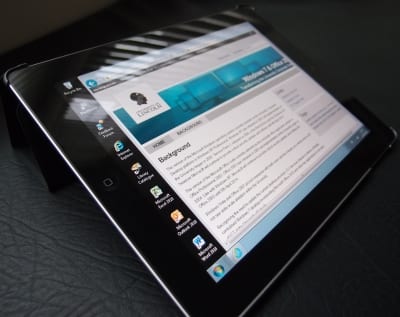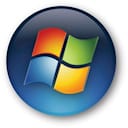In response to some of the strategic drivers of the project, ICT has sought to identify solutions which will allow us to deliver a Windows 7 & Office 2010 desktop to mobile devices. The desire to work flexibly from mobile post-PC devices was a reoccurring theme in our stakeholder interviews and workshops.
For the purpose of the proof of concept; ICT decided to concentrate on ensuring that the proposed solutions would work with the iPad. The rationale being that the iPad is by far the leading product in the tablet market and that the screen size of any smaller device was not very practical for interacting with a full Windows desktop.
To access the Citrix environment, iPad users simply need to visit the App Store and install the free Citrix Receiver app. Once installed, the only configuration that is required is to click Get Started and enter the address of the Citrix web server.
Unfortunately, for the Remote Desktop environment, there is no free Microsoft equivalent of the Citrix app. There are several third-party offerings, but to-date there is only one which includes the required “TS Gateway” support for Remote Desktop. The app is iTap RDP which costs £7.99 plus a further £2.99 in app purchase for the module which adds TS Gateway support. Once purchased and installed the app requires a little more configuration as it is necessary to create a Bookmark which specifies both the host name of the Remote Desktop server and the web address of the Gateway.
Both solutions offer a very useable, full University Corporate Desktop experience to iPad users.

